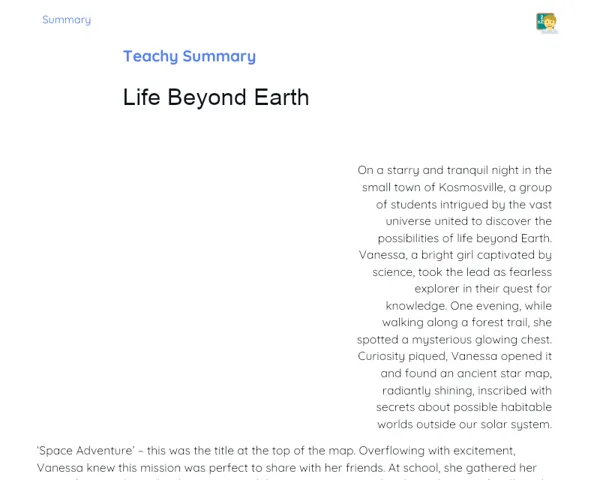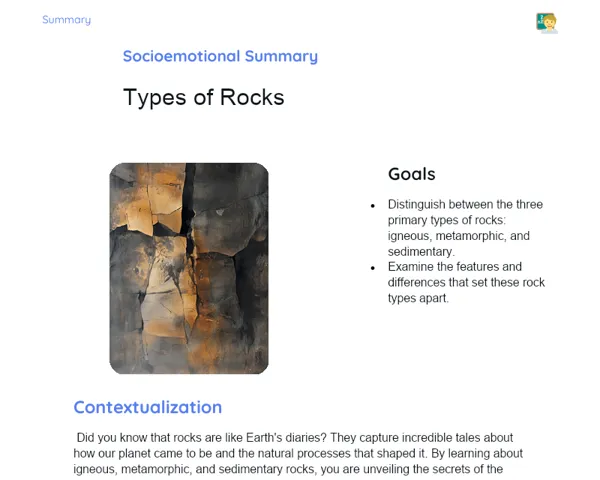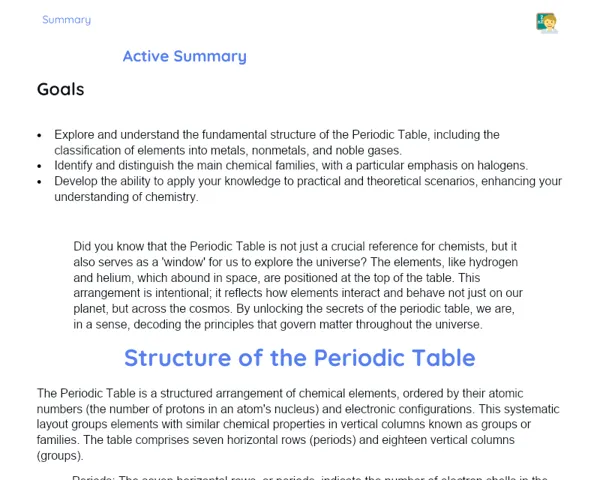Summary Tradisional | Types of Mixtures
Contextualization
Mixtures refer to the combination of two or more substances that can be separated by physical means. They are mainly divided into two categories: homogeneous and heterogeneous. Homogeneous mixtures have a consistent composition throughout, meaning their particles cannot be seen separately by the naked eye. Common examples include saltwater and air. In contrast, heterogeneous mixtures display visible components and distinct phases, such as oil and water or sand mixed with water.
Understanding the difference between these types of mixtures is important for many day-to-day activities as well as various fields of scientific study. For instance, making a fruit salad involves creating a heterogeneous mixture, while preparing sweetened tea involves dissolving sugar in water, resulting in a homogeneous mixture. In the realm of science, separating mixtures is a key process in chemistry and biology, aiding in the purification of substances from complex combinations.
To Remember!
Definition of Mixtures
Mixtures consist of two or more substances that can be separated using physical methods. They can be divided into two primary types: homogeneous and heterogeneous. Homogeneous mixtures maintain a uniform composition throughout, meaning the particles are indistinguishable to the naked eye. Typical examples include saltwater and air. Heterogeneous mixtures have distinguishable components and different phases, such as oil and water or sand mixed with water. Recognizing the difference between these mixtures is essential for various everyday tasks and diverse areas of scientific knowledge.
-
Mixtures are combinations of two or more substances.
-
They can be separated by physical methods.
-
Classified as homogeneous and heterogeneous.
Homogeneous Mixtures
Homogeneous mixtures have a consistent composition throughout all parts. Regardless of where one looks in the mixture, it will appear the same. The particles within these mixtures are evenly distributed and cannot be differentiated by sight. Examples include solutions like saltwater, vinegar, and air. Their uniform character makes them easier to identify and categorize, which in turn affects the separation techniques applicable.
-
Uniform composition in all parts.
-
Particles distributed evenly.
-
Examples: saltwater, vinegar, air.
Heterogeneous Mixtures
Heterogeneous mixtures are those whose components are visible and can be distinguished. They consist of multiple visible phases, indicating that their particles are not evenly mixed. Common examples include oil and water, fruit salad, and sand mixed with iron filings. Identifying these mixtures is generally more straightforward, owing to their differing visible phases. The separation methods applicable for heterogeneous mixtures, like filtration and decantation, utilize physical properties of the components for effective separation.
-
Visible and distinguishable components.
-
Have more than one visible phase.
-
Examples: oil and water, fruit salad, sand with iron filings.
Separation Methods
Separation methods for mixture components can differ based on whether the mixture is homogeneous or heterogeneous. For homogeneous mixtures, techniques such as distillation and evaporation are commonly employed, as they facilitate separation based on different physical properties like boiling points. In the case of heterogeneous mixtures, techniques like filtration, decantation, and centrifugation are more effective. Filtration employs a filter to separate solids from liquids, while decantation allows for separating immiscible liquids or solids from liquids based on variations in density.
-
Methods vary depending on the type of mixture.
-
Homogeneous mixtures: distillation, evaporation.
-
Heterogeneous mixtures: filtration, decantation, centrifugation.
Key Terms
-
Mixtures: Combinations of two or more substances that can be separated by physical methods.
-
Homogeneous: Mixture with uniform composition throughout.
-
Heterogeneous: Mixture with visible components and distinct phases.
-
Filtration: A separation method that uses a filter to separate solids from liquids.
-
Decantation: A separation technique using density differences to separate immiscible liquids or solids from liquids.
-
Distillation: A separation process that utilizes boiling point differences to separate components of a homogeneous mixture.
-
Evaporation: A separation method where a liquid is converted into vapor, leaving solid components behind.
Important Conclusions
Mixtures can be categorized as homogeneous or heterogeneous based on how their particles are distributed. Homogeneous mixtures have a uniform composition, where their particles are indistinguishable to the eye, like in saltwater. In contrast, heterogeneous mixtures display visible components and distinct phases, such as oil and water.
Grasping these concepts is crucial for several everyday activities and scientific domains. For example, in cooking, making a fruit salad involves a heterogeneous mixture, while preparing sweetened tea yields a homogeneous mixture. In scientific settings, separating mixtures is key to obtaining pure substances.
Separation techniques depend on the mixture type. For homogeneous mixtures, distillation and evaporation are commonly used, whereas filtering and decanting are more suited for heterogeneous mixtures. These processes exploit the varied physical properties of the components to aid in the separation, resulting in purified substances.
Study Tips
-
Review the definitions of homogeneous and heterogeneous mixtures using practical examples found around your home.
-
Practice classifying different mixtures and try to determine the most suitable separation methods for each.
-
Explore more on separation methods like filtration, decantation, and distillation, and consider watching videos or experiments demonstrating these processes.



